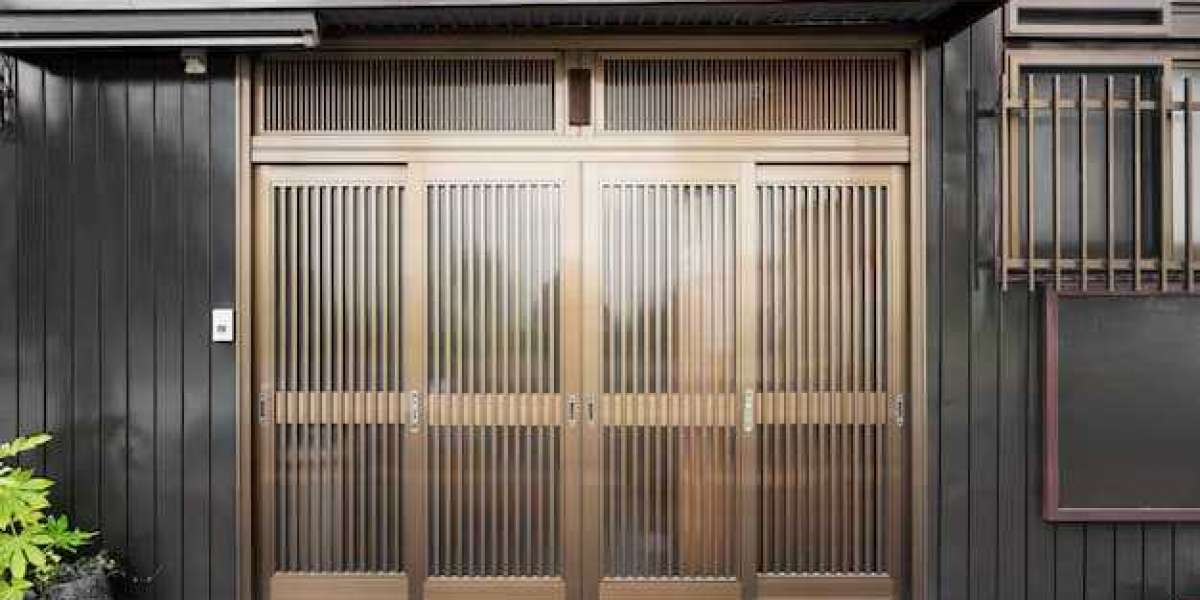Are you a DIY enthusiast looking to take your projects to the next level? Look no further than 25mm plywood! Versatile, sturdy, and cost-effective, this powerhouse material is about to revolutionize your creativity. Whether you're an experienced woodworker or just starting out, our blog post will guide you through the incredible potential of 25mm plywood in unleashing your DIY dreams. From stunning furniture pieces to ingenious storage solutions, get ready to discover how this humble sheet of timber can elevate your craftsmanship like never before!
Introduction to 25mm Plywood What is it and why is it useful in DIY projects?
Plywood has been a popular material in the world of DIY projects for many years. It's a versatile, strong, and affordable option that can be used for various purposes such as building furniture, home renovations, and even crafting. One type of plywood that has gained popularity in recent years is the 25mm plywood.
So what exactly is 25mm plywood and why is it useful in DIY projects? In this section, we will delve into the details of this specific type of plywood and explore its benefits.
What is 25mm Plywood?
Plywood is made up of thin layers or plies of wood veneer glued together with each layer's grain direction perpendicular to the one above or below it. This construction gives plywood its strength and stability compared to solid wood. The thickness of these layers determines the overall thickness of the plywood sheet.
In the case of 25mm plywood, as the name suggests, it measures 25 millimeters or approximately one inch thick. This makes it thicker than most standard types of plywood which are usually around 18-20 millimeters thick.
Why use 25mm Plywood?
One main reason why 25mm plywood is popular among DIY enthusiasts is its strength and durability. With its thicker construction, it can withstand more weight and pressure compared to thinner types of plywood. This makes it an ideal choice for heavy
Advantages of Using 25mm Plywood: Strength, Durability, and Cost-effectiveness
When it comes to DIY projects, choosing the right material is crucial. 25mm plywood is a popular choice among DIY enthusiasts due to its strength, durability, and cost-effectiveness. In this section, we will explore the advantages of using 25mm plywood in detail.
- Strength:
One of the main reasons why 25mm plywood is preferred by many DIYers is its strength. The thickness of 25mm makes it stronger and more durable than other types of plywood. It can withstand heavy loads and pressure without bending or breaking easily. This makes it suitable for a wide range of projects such as building shelves, cabinets, furniture pieces, and even flooring.
Moreover, 25mm plywood has a high density which adds to its strength. It can hold screws firmly without splitting or cracking, making it ideal for structural support in various applications.
- Durability:
Another significant advantage of using 25mm plywood is its durability. Unlike other materials such as MDF or particle board, plywood is made from layers of thin wood veneers bonded together with strong adhesives under high pressure and heat. This construction method gives it excellent stability and resistance to warping or twisting over time.
Additionally, the use of waterproof glue in making marine-grade 25mm plywood makes it highly resistant to moisture and humidity. This makes it suitable for outdoor applications such as decking, fencing, sheds, etc., where exposure to water cannot be avoided.
Different Types of 25mm Plywood: Marine Grade, Exterior Grade, Interior Grade
Plywood is a versatile building material that is popular among DIY enthusiasts due to its affordability and ease of use free seo analysis chicago. One of the most common sizes used for DIY projects is 25mm plywood, also known as 1-inch plywood. However, not all 25mm plywood is created equal. In this section, we will discuss the different types of 25mm plywood and their specific uses.
- Marine Grade Plywood
Marine grade plywood is specifically designed for use in water-based applications such as boat building and marine construction. It is made from high-quality hardwood veneers with waterproof glue between each layer, making it highly resistant to moisture and rot.
The main difference between marine grade plywood and other types of plywood is the type of adhesive used in its construction. Marine grade plywood uses a special phenolic resin glue that can withstand constant exposure to water without delamination or losing its strength.
This type of plywood is also made with more layers than traditional exterior or interior grade plywoods, resulting in a stronger and sturdier board that can withstand rough conditions.
- Exterior Grade Plywood
Exterior grade plywood, also known as exterior-structural-rated (X) board, is suitable for outdoor use where some degree of moisture resistance is needed but not as much as marine grade. It has a weather-resistant bond that helps protect against water damage and decay caused by prolonged exposure to the elements.
Exterior grade plywood typically has fewer layers compared to marine-grade but still offers good strength and
Tips for Choosing the Right Type of 25mm Plywood for Your Project
When it comes to choosing the right type of 25mm plywood for your DIY project, there are several factors that you should consider seo company oklahoma city. The type of plywood you choose can greatly impact the durability and overall success of your project. Here are some helpful tips to keep in mind when selecting the perfect 25mm plywood for your next DIY endeavor.
- Understand the Different Grades of Plywood
The first step in choosing the right type of 25mm plywood is understanding the different grades available. Plywood is graded based on its appearance and quality, with A being the highest grade and D being the lowest. Grade A plywood has a smooth and consistent surface with minimal defects, making it ideal for projects where aesthetics are important. On the other hand, Grade D plywood may have visible knots, splits or patches, but can still be suitable for projects that do not require a flawless finish.
- Consider Your Project's Requirements
Before purchasing any 25mm plywood, it's important to consider what specific requirements your project may have. For example, if you're building furniture or cabinets that will be exposed to moisture or high humidity levels, marine-grade plywood would be a better option as it is designed specifically for such conditions. If you're working on an outdoor project such as building a shed or deck, exterior-grade plywood would be more suitable due to its water-resistant properties.
Tools and Materials Needed for Working with 25mm Plywood
When working with 25mm plywood, it is important to have the right tools and materials on hand to ensure a successful and efficient DIY project. Here are some essential tools and materials that you will need:
- Circular Saw - A circular saw is an essential tool for cutting large pieces of plywood. It allows for smooth and precise cuts, making it easier to work with the 25mm thickness.
- Jigsaw - In addition to a circular saw, a jigsaw is also helpful for making curved or intricate cuts on the plywood.
- Drill - A drill will be needed for making holes in the plywood, whether it's for attaching hardware or creating pocket holes for joinery.
- Screwdriver - For securing screws into the plywood, a screwdriver is necessary cleaning companies in dubai. It is recommended to use a power drill with a screwdriver bit attachment for faster and more efficient work.
- Sandpaper - Since 25mm plywood can have rough edges from cutting, sandpaper is essential for smoothing out any imperfections before applying finishes.
- Level - To ensure that your project turns out straight and level, it is important to have a level on hand when working with 25mm plywood.
- Measuring Tools - Accurate measurements are crucial in DIY projects using 25mm plywood, so make sure you have measuring tape, ruler or carpenter's square available.
- Clamps - Clamps are useful when gluing pieces of plywood together or holding them in place while assembling
Best Practices for Cutting, Sand
When working with mm plywood in your DIY projects, it is important to know the best practices for cutting and sanding the material. These steps may seem simple, but they can greatly impact the final outcome of your project.
- Use a sharp blade or saw:
When cutting through mm plywood, it is crucial to use a sharp blade or saw. This will ensure clean and precise cuts, preventing any splintering or rough edges. A dull blade can cause tear-outs and make the cutting process more difficult and time-consuming.
- Measure twice, cut once:
Before making any cuts on the plywood, always double-check your measurements to avoid any mistakes. It is better to spend a few extra minutes measuring accurately than having to start over due to an incorrect cut.
- Support the plywood:
While cutting, it is essential to have proper support for your plywood sheet beauty tips blog. This will prevent any sagging or bending of the material, resulting in uneven cuts. You can use sawhorses or clamps to secure the sheet firmly in place before starting your cut.
- Cut against a sacrificial surface:
To prevent tear-outs on the bottom of your plywood sheet while cutting, place a scrap piece of wood underneath as a sacrificial surface rehan.cit. The blade will go through both materials at once, creating cleaner cuts on both sides.
5 . Start with shallow cuts:
When using a circular saw or jigsaw, it is best to start with shallow cuts rather than trying to cut through the entire thickness all






